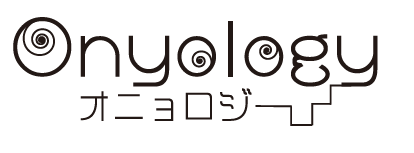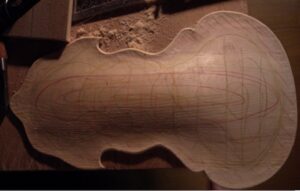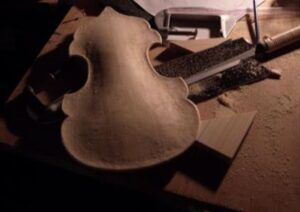Shape and sound of ancient musical instruments -part2
Now, let’s change our perspective and think about what happens when we carve from the periphery on the resonance plate so as to expand the consonant relationship.
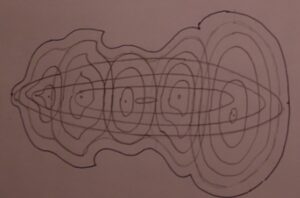
The photo above shows a state where small drums coexist. There are as many fixed points on the phonogram as the number of drums. Can it be integrated into one?
Ignoring the central bass part, we carve to increase the consonant relationship from the periphery to the center.
Each partial resonator (small drum) is formed first, and they are fused into a large resonator.
In the phonogram, if they merged into one fixed point in the center, there was no problem, but they could not be separated and fused together.
The cause is the hollow part of “ghostly pumpkin”.
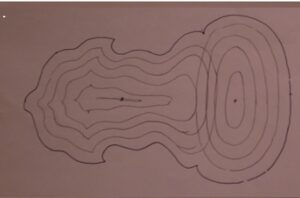
When constructing an isophonic curve from the periphery, this depression results in two fixed points in the phonogram. In other words, in a phonographic sense, it is separated into two instruments. This is a pathological condition, because when two different orders live together, they become dissonant.
This is exactly the same as the pathological condition of the body. Details will be described later.
Rather, it seems that a better-sounding instrument would be better if the pumpkin was split in two at the dent. This depression works to divide the instrument into two resonators. If I fix the pointed part of this dent to be rounded, It seems that such separation can be avoided. However, it looks awkward as a design.
We can determine in this way whether the instrument outline design is acoustically good or not.
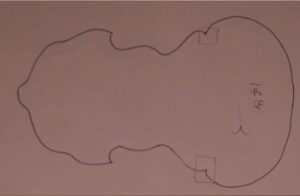
There are various designs for ancient musical instruments.
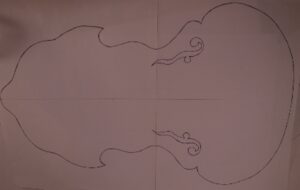
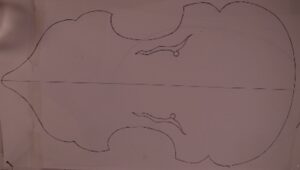
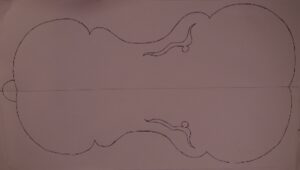
In the next part, we will discuss whether the design is acoustically intrinsic or not.
To be continued…
- カテゴリー
- BLOG
